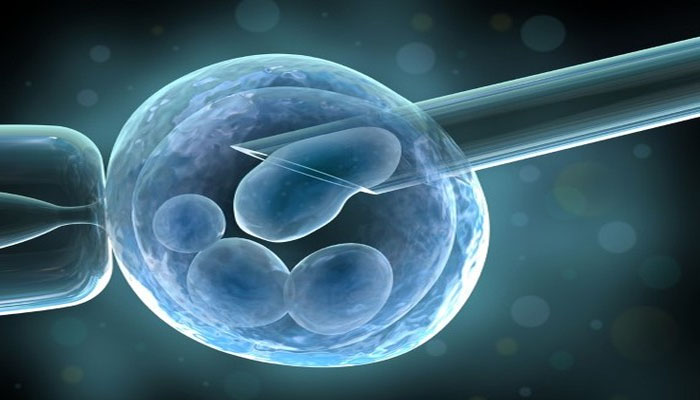Egg Donation: Process, Benefits, Risks, and Recovery - Dr. Parul Agrawal
Egg donation is a medical procedure in which a woman donates her eggs to help another person or couple become pregnant. This procedure has become an important part of assisted reproductive technology (ART) and represents a sign of hope for many people dealing with infertility.

process :- In general, the egg donation process involves several steps:
Screening:
Donors must undergo a rigorous medical psychological evaluation to ensure that they are a good choice. This includes blood tests, ultrasound, genetic testing. and mental health assessment
Ovarian stimulation:
The donor will receive hormone medication to stimulate the ovaries to produce many eggs. Instead of the single egg normally released during the menstrual cycle...
Inspection:
During the stimulation phase The donor's response to the drug will be closely monitored through ultrasound and blood tests to ensure that the eggs are developing as expected...
Egg recovery:
When the eggs are fully grown The eggs can be retrieved through a minimally invasive procedure called transvaginal ultrasound aspiration. It is done under sedation and usually takes 20-30 minutes.
Fertilization and Migration:
The collected eggs are fertilized in a laboratory using sperm from the parents or a donor. The resulting embryos are then transferred to the recipient's uterus or frozen for future use.
benefit:
For the recipient:
Helps individuals or couples experiencing infertility have a chance at conceiving.
It allows gay couples or single parents to have children using donor eggs.
For donors:
Many donors find success helping others start families.
In most cases Donors will be compensated for their time and effort.
